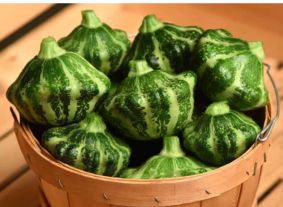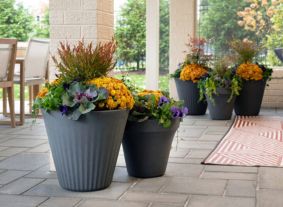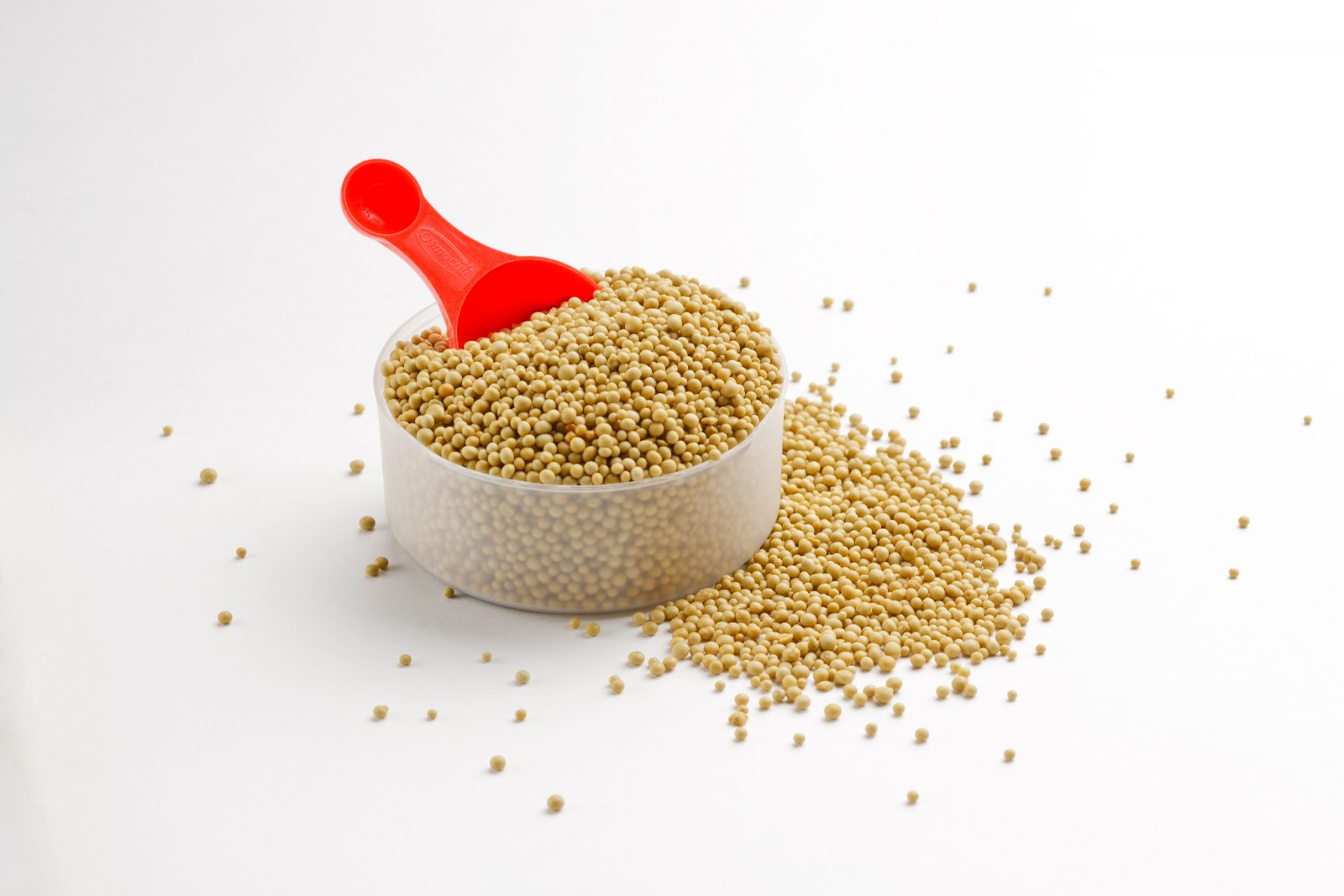Using Biochar In the Vegetable Garden
Views: 1158

My mostly-cleaned-up fall vegetable garden awaits one last task—applying biochar. What’s biochar? Great question. Let me tell you all about it.
What Is Biochar?
Biochar is a 100% pure carbon that has been burned in the absence of oxygen. It’s as burned as burned can be. This material’s secret power is that it holds moisture and nutrients in a soil for plants to readily absorb. It also provides a locus where beneficial soil organisms can hang out, forming and keeping together a network that helps plants absorb nutrients more efficiently.
To benefit the soil straight out of the product bag, biochar needs to be combined with amendments—those items that will bind to it and release nutrients for the plants to use. The product I am using is from Organic Mechanics and is called Biochar Blend. It’s a blend of biochar with compost, kelp and alfalfa meals, worm castings (aka worm poop) and bone char. Two odd-sounding products—azomite and zeolite—are also added to help “feed” the beneficial microbes in the soil. If those amendments weren’t present and you applied just biochar to the soil, it would take a long time for itr to become “charged” enough to benefit the soil
Its Benefits
A “pre-charged” biochar benefits the soil and the plants growing in it in many ways:
- It helps plants form dense roots leading to greater nutrient uptake.
- It holds water in the plants’ root zones, helping to prevent water-induced stress and thereby cutting down watering.
- The soils will resist stressors better.
- It helps produce bigger plants and higher-quality fruits and vegetables
Where’s Biochar From?
Biochar may sound like a product of modern science, but it’s actually been around for millennia. The cultures in and around the Amazon have been using and benefiting from biochar-supported soils for over 1,000 years. If you dig down into these ancient former farmlands you’ll find soils filled not only with biochar but also still loaded with beneficial organisms and plenty of life
How to Use
The recommended application method is to apply a half-inch of Biochar Blend over the soil and dig it into the soil to about the depth of one shovel. A garden fork works well for this job. It’s a good idea to do the job in fall so it has some time to build up a solid network of beneficial soil organisms before you plant your spring garden. Also, get the digging done before the ground freezes!
The best thing about this garden task is that the biochar works nearly indefinitely, as evidenced by those soils in the Amazon. It’s a job you essentially have to do just once for each garden. That’s the kind of garden task I like.
Meet Ellen Wells
When you’re raised on a farm, you can’t help but know a thing or two about gardening. Ellen Wells is our expert on edible gardening.…
Ellen's Recent Posts

Green Lightening Squash






